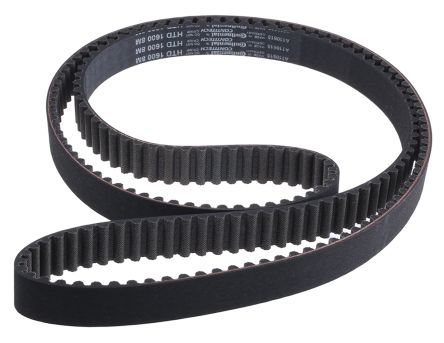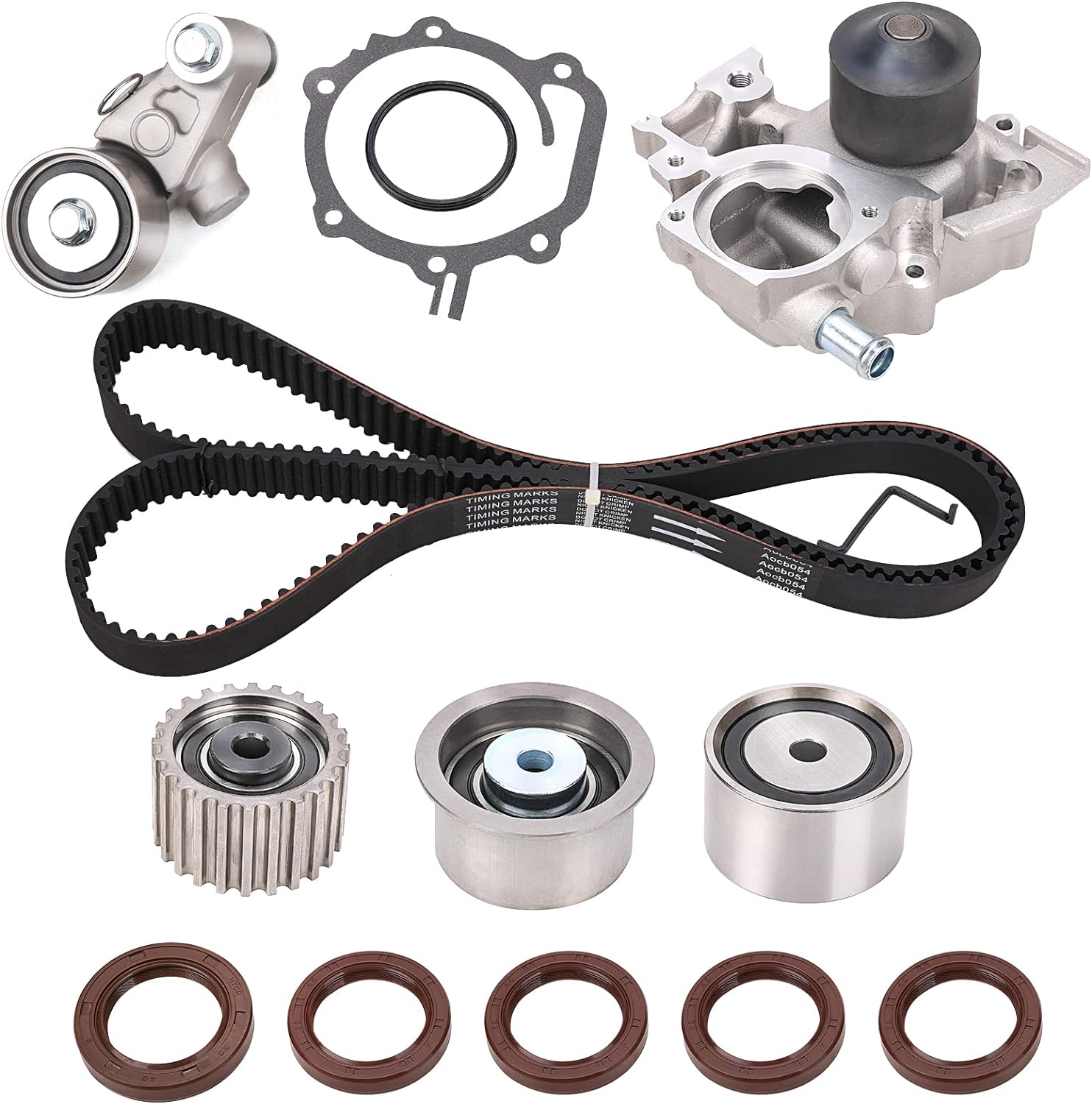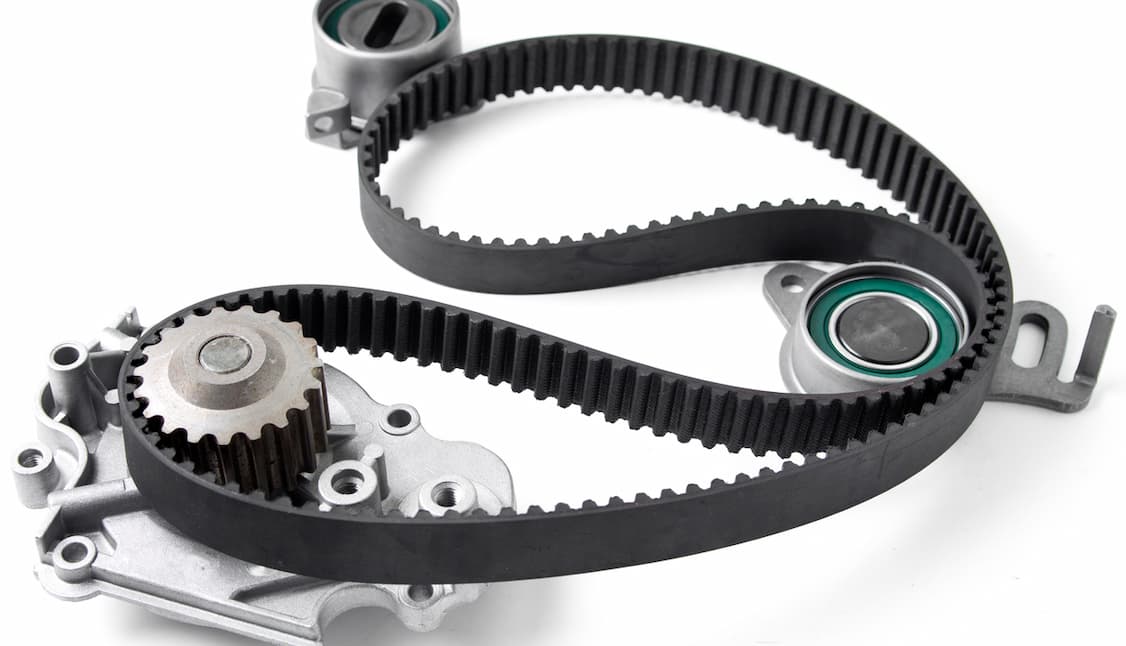Product Description
- Standard or Nonstandard: Nonstandard
- Model Number: Customise
- Type: Timing Belt
- Material: PU
- price: According to material, thickness,width,length,structure and so on.
- appliaction: electronics, logistics, packaging and other industries
- payment: L/C,T/T ,trade assurence or others
- Place of Origin: ZHangZhoug, China (Mainland)
- Application: Food,packaging,chemical etc
- Abrasion resistant: Normal operating conditions
- Size: Customise
- Item: Vulcanized Red Rubber Coated Timing Belt
- Material Feature: heat/cold/high temperature…
- Color: green,white,black and etc
/* March 10, 2571 17:59:20 */!function(){function s(e,r){var a,o={};try{e&&e.split(“,”).forEach(function(e,t){e&&(a=e.match(/(.*?):(.*)$/))&&1
| Standard or Nonstandard: | Standard |
|---|---|
| Application: | Packaging Machinery, Food Machinery |
| Feature: | Flame-Retardant, Oil-Resistant, Cold-Resistant, Heat-Resistant, Alkali-Resistant, Skid-Resistance, Wear-Resistant, High Temperature-Resistance |
| Tensile Strength: | Strong |
| Material: | Rubber |
| Type: | Toothed Belt |
| Customization: |
Available
| Customized Request |
|---|
Can you describe the various mounting options and installations for V-belt tensioners in different settings?
Mounting options and installations for V-belt tensioners can vary depending on the specific application and setting. Different configurations are available to accommodate diverse space constraints, accessibility requirements, and tensioning force adjustments. Here’s a detailed description of the various mounting options and installations for V-belt tensioners:
- Fixed Mounting:
- Adjustable Mounting:
- Spring-Loaded Mounting:
- Separate Tensioner Assembly:
- Multi-Tensioner Systems:
In a fixed mounting configuration, the tensioner is permanently attached to a fixed point, such as a machine frame or structure. This type of installation is commonly used in applications where the belt tension is set at a specific value and does not require frequent adjustment. Fixed mounting provides stability and ensures that the tensioner remains in a fixed position, maintaining consistent tension over time. It is suitable for applications where space is limited and where the tensioning force does not need to be frequently modified.
Adjustable mounting configurations allow for easy tension adjustment of the V-belt. These tensioners feature a mechanism that enables the adjustment of the tensioning force by changing the position of the tensioner relative to the belt and pulleys. Common adjustable tensioners include those with slotted mounting holes or adjustable arms. This type of installation is suitable for applications where the tensioning force needs to be periodically adjusted to maintain optimal belt performance. Adjustable mounting provides flexibility and allows for fine-tuning the tension based on changing operating conditions or belt wear.
Spring-loaded tensioners incorporate a spring mechanism to automatically maintain the desired tension in the V-belt system. These tensioners feature a spring that applies a constant force on the belt, compensating for belt elongation and maintaining proper tension. Spring-loaded tensioners are commonly used in applications where there are fluctuations in load or thermal expansion/contraction of the belt. The spring mechanism ensures continuous tension adjustment, reducing the need for manual intervention and providing consistent tension across varying operating conditions.
In some cases, a separate tensioner assembly is used instead of mounting the tensioner directly to the machine frame or structure. A separate tensioner assembly consists of a bracket or support arm that is attached to the machine or structure, and the tensioner itself is mounted on the bracket or arm. This configuration allows for flexibility in positioning the tensioner and provides ease of installation and maintenance. It is particularly useful in applications where space constraints or accessibility limitations make direct mounting challenging.
In certain applications, multiple tensioners may be used within a V-belt system to ensure proper tension distribution and alignment. Multi-tensioner systems utilize a combination of tensioner types and mounting configurations to achieve optimal belt tensioning across multiple belts and pulleys. This configuration is commonly employed in complex drive systems with multiple belts or long-span belt setups. By using multiple tensioners strategically positioned along the belt path, consistent tension can be maintained, minimizing belt slippage, and maximizing power transmission efficiency.
When selecting the appropriate mounting option and installation for a V-belt tensioner, it’s important to consider factors such as space constraints, tensioning force requirements, accessibility for maintenance, and the specific needs of the application. Manufacturers typically provide guidelines and recommendations for the suitable mounting options and installations for their tensioner products. Following these guidelines, along with considering the specific requirements of the V-belt system, will help ensure the proper integration and effective operation of the tensioner within the application.
How do V-belt tensioners contribute to reducing wear and increasing the efficiency of power transmission?
V-belt tensioners play a crucial role in reducing wear and increasing the efficiency of power transmission in V-belt systems. Their primary function is to maintain the proper tension in the V-belts, which has several benefits. Here’s a detailed explanation of how V-belt tensioners contribute to reducing wear and increasing power transmission efficiency:
- Preventing Slippage:
- Reducing Belt Wear:
- Minimizing Belt Stretching:
- Improving Belt Alignment:
- Optimizing Belt Engagement:
V-belt tensioners ensure that the V-belts maintain sufficient grip on the pulleys. Proper tensioning prevents slippage, especially under high loads or during sudden changes in speed or torque. Slippage not only reduces the efficiency of power transmission but also leads to accelerated wear of the belts and pulleys. By maintaining the correct tension, tensioners minimize slippage, ensuring efficient power transfer and reducing wear on the V-belts.
Optimal tensioning helps reduce wear on V-belts. When V-belts are under-tensioned, they can experience excessive bending and flexing, leading to increased wear. Over-tensioning, on the other hand, can put excessive stress on the belts, causing premature wear. V-belt tensioners ensure that the belts are properly tensioned, minimizing bending, flexing, and stress. This reduces wear on the belts, extends their lifespan, and improves overall system reliability.
Correct tensioning helps minimize stretching of V-belts. When V-belts are under-tensioned, they can elongate and lose their original shape. This stretching can lead to reduced contact area with the pulleys, resulting in decreased power transmission efficiency and increased wear. V-belt tensioners maintain the optimal tension level, minimizing stretching and ensuring that the belts remain in their designed shape. This promotes efficient power transmission and prolongs the lifespan of the V-belts.
V-belt tensioners contribute to proper belt alignment, which is crucial for efficient power transmission. When V-belts are under-tensioned or over-tensioned, they can become misaligned on the pulleys. Misalignment causes uneven belt wear, increased friction, and potential belt damage. Tensioners help maintain proper belt alignment by applying the correct tension force. This ensures that the belts remain aligned with the pulleys, reducing stress, minimizing wear, and improving power transmission efficiency.
Correct tensioning ensures optimal engagement of V-belts with the pulleys. When V-belts are properly tensioned, they maintain the desired depth of engagement in the pulley grooves. This maximizes the contact area between the belts and the pulleys, enhancing power transmission efficiency. Proper tensioning also helps prevent belt slip, which can occur when the belts are not properly engaged with the pulleys. By optimizing belt engagement, tensioners contribute to efficient power transmission and minimize wear on the V-belts.
In summary, V-belt tensioners are essential in reducing wear and increasing the efficiency of power transmission. They prevent slippage, reduce belt wear and stretching, improve belt alignment, and optimize belt engagement. By maintaining the correct tension in V-belt systems, tensioners minimize power losses, extend the lifespan of the belts, and enhance the overall efficiency and reliability of the power transmission system.
How do V-belt tensioners differ from other types of belt tensioners in terms of design and application?
V-belt tensioners differ from other types of belt tensioners in terms of their design and application. While there are various types of belt tensioners used in different systems, V-belt tensioners are specifically designed to accommodate the unique characteristics and requirements of V-belt systems. Here’s a detailed explanation of how V-belt tensioners differ from other types of belt tensioners:
- Design:
- Application:
- Tensioning Mechanism:
- Belt Compatibility:
- System Performance:
V-belt tensioners are designed to work specifically with V-belt systems, which use trapezoidal-shaped belts and pulleys. The tensioner is typically a pulley or an assembly of pulleys mounted on an adjustable arm or a spring-loaded mechanism. The pulley(s) in a V-belt tensioner have a V-shaped groove that matches the profile of the V-belt, allowing the belt to fit securely and maintain proper tension. The design of V-belt tensioners takes into account the shape, geometry, and dimensions of V-belts, ensuring effective tensioning and reliable power transmission.
V-belt tensioners are primarily used in systems that utilize V-belts, such as automotive engines, industrial machinery, and power transmission systems. V-belts are commonly employed in applications where high torque transmission is required, and they are known for their efficiency, durability, and ability to handle heavy loads. V-belt tensioners are specifically designed to address the unique requirements of these V-belt systems. They provide the necessary tension to keep the V-belt properly tensioned, prevent slippage, distribute the load evenly, and maintain reliable power transmission.
The tensioning mechanism in V-belt tensioners differs from those used in other types of belt tensioners. V-belt tensioners often incorporate an adjustable arm or a spring-loaded mechanism to apply and maintain the appropriate tension in the V-belt. The tensioner compensates for changes in belt length due to wear, thermal expansion, or other factors, ensuring that the V-belt operates within its optimal tension range. The tensioning mechanism in V-belt tensioners allows for easy adjustment and precise control of the tension, accommodating the specific requirements of V-belt systems.
V-belt tensioners are designed to be compatible with V-belts, which have a trapezoidal cross-section. The V-shaped groove in the tensioner pulley matches the profile of the V-belt, allowing for proper belt engagement and tensioning. Other types of belt tensioners, such as flat belt tensioners or timing belt tensioners, have different designs to accommodate the specific characteristics of their respective belts. The compatibility between V-belt tensioners and V-belts ensures optimal performance, reliable power transmission, and longevity of the belt and the system.
The design and application of V-belt tensioners contribute to the overall performance of V-belt systems. V-belt tensioners help maintain proper tension, prevent slippage, distribute the load evenly, and promote efficient power transmission. These characteristics are crucial for V-belt systems that require reliable and high-torque power transfer. Other types of belt tensioners, designed for different belt systems, may have different features and functions that cater to the specific requirements of those systems. The design of V-belt tensioners is optimized to enhance the performance and longevity of V-belt systems in their intended applications.
In summary, V-belt tensioners differ from other types of belt tensioners in terms of their design and application. They are specifically designed to work with V-belt systems, featuring pulleys with V-shaped grooves to accommodate the trapezoidal-shaped V-belts. V-belt tensioners incorporate adjustable arms or spring-loaded mechanisms to provide and maintain the necessary tension in the V-belt. They are primarily used in applications that require V-belts, such as automotive engines and industrial machinery. The design and application of V-belt tensioners are optimized to ensure proper tensioning, prevent slippage, distribute the load evenly, and enhance the performance of V-belt systems.
editor by CX 2023-12-19




